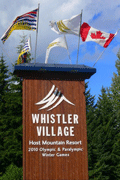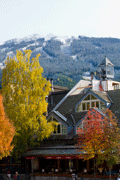Working Title: Doing "Big Bang" in the Laboratory
Speaker: Prof. Hitoshi Murayama
Time and Date: Friday Nov 6, 2015 7-9 p.m.
Venue:
Asia-Pacific Hall, Morris J. Wosk Centre for Dialogue, Simon Fraser University downtown campus, 580 W Hastings St, Vancouver, BC V6B 1L6
Abstract:
Where do we come from? It is an age-long question of humankind. To address this question scientifically, we use two kinds of “time machines.” One is the giant telescopes that can look so far away that you see the way the Universe was billions of years ago. But the Big Bang itself? Unfortunately we can only see the “surface” of the big Bang, when the Universe was 380,000 years old, using any telescopes. To approach further back to where we came from, we use giant particle accelerators to “redo” the Big Bang and see what it was like. The Large Hadron Collider (LHC) already discovered the Higgs boson, the milestone in 21st century physics. The International Linear Collider (ILC) will do better, getting us back to when the Universe was less than a billionth of a second old.
Speakers Biography:
Hitoshi Murayama received his Ph.D. in theoretical physics from University of Tokyo in 1991. He worked as a Research Associate at Tohoku University from April 1991, and was a postdoctoral fellow at Lawrence Berkeley National Laboratory from September 1993. He joined the Physics Department at UC Berkeley in July 1995, became an Associate Professor in Jul
IPMU) at University of Tokyo, as of 2013. He received Yukawa Commemoration
Prize in Theoretical Physics in 2002. He is a Fellow of American Physical
Society and a Member of the American Academy of Arts and Sciences.
He is well-known for his clear lectures for students and general audience.
SFU Panelists:
Levon Pogosian and Andrei Frolov (cosmology, history/future of the universe)
Dugan O'Neil, Mike Vetterli (present and future of experimental high energy physics)
|





